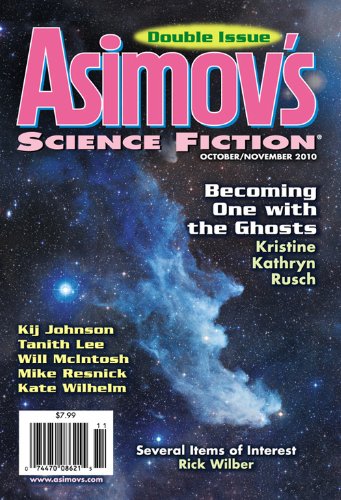I’ve been substitute-teaching again, a pursuit which reminds me that, contrary to what I was taught of sleep cycles in Psych 101, I still apparently have the 26-hour day of a teenager. Since I go to sleep at a grown-up time and no longer live with a patient mother who is willing to shake and wake seven times before seven o’clock, this is a trial. You may infer what you wish from this about my blogging regularity. In case I haven’t mentioned it, I substitute-teach at the private high school from which I graduated, sometimes for teachers under whose auspices I myself learned. It is surreal and enriching.
Today was a great joy. Many of the sweetest moments in my return to this school are in the actual teaching, which is of course difficult, changeable, suddenly enlightening stuff. But today my task was the classic sub-task: DVD in, lights off, stern gaze on. It was a good day to sub, however, for today I administered a Freshman tradition: Darmok Day.
In my eighth grade year I had argued with my Government and Language Arts teachers. “Why do you have to show us such BAD episodes of Star Trek? These non-Trekkers are going to think it’s all like that!” Yes, I said “Trekkers”, for I was a TNG nerd. In 8th grade, they showed us Wesley Whining and Riker and the Androgynous Being. But in ninth grade, my Humanities teachers finally showed the class a good episode of TNG. “Darmok”.
Freshman Humanities is an English/History combined course that takes students through several millennia of human history and a pile of major religious texts and epics. At first "Darmok"’s connection to this seems somewhat tenuous: Picard recounts the story of Gilgamesh to the wounded Tamarian Dathon. Today’s students, still raw from their first-ever high school critical essay (on this same Gilgamesh), groaned at the name.
But when I pressed them to consider why the freshmen watch this every year, they did see that a sci-fi tale of a culture which communicates entirely in terms of shared, mythohistoric stories had some relevance to a class where the students establish a knowledge of our own planet’s oldest shared mythohistoric stories. Stories that will allow them to communicate and understand. I didn’t mention, but did think, that in an odd way it connects them to traditions at their own school, to years of students yelling back and forth across the Great Hall: “Darmok and Jalad!” “At Tanagra!” Cultures within cultures, with their own languages of reference and metaphor.
And of course, as one earnest young man said when I called on him, “Because Star Trek is awesome!”



